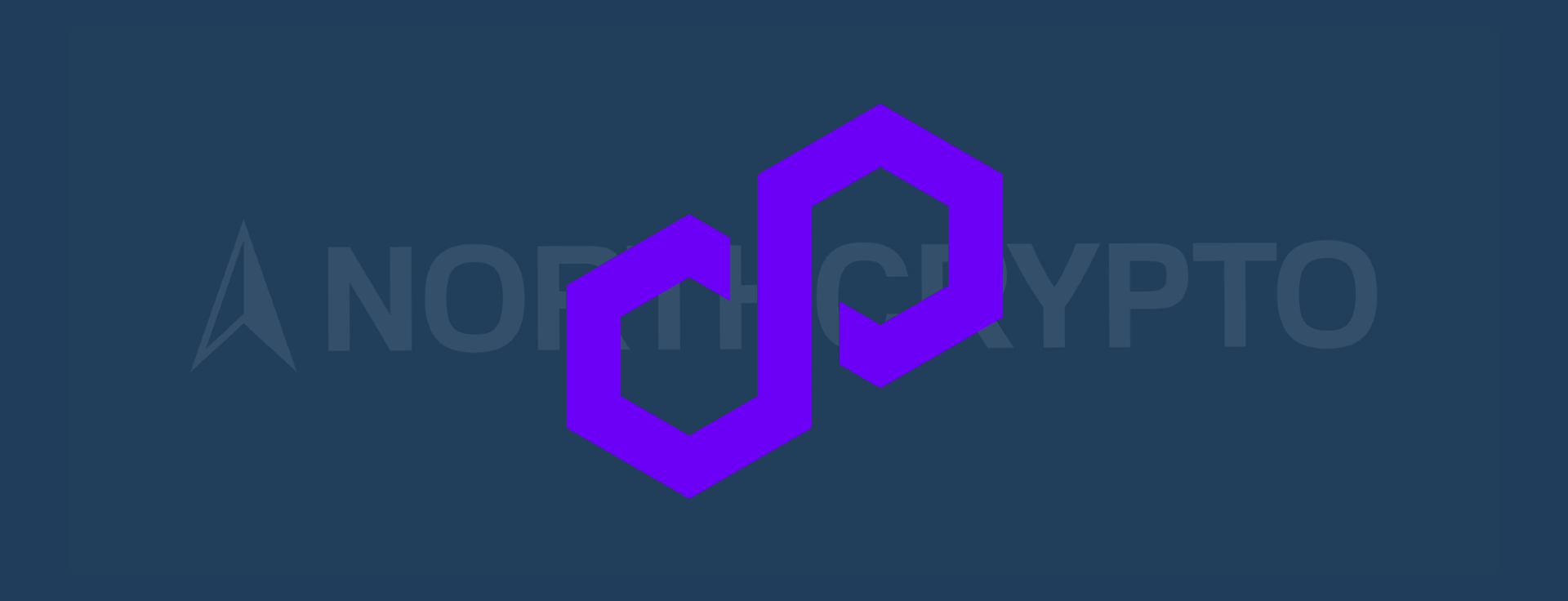
Bitcoin's Lightning Network is a protocol built on bitcoin. The Lightning Network aims to improve the scalability of bitcoin. The Lightning Network is an entirely separate protocol from the Bitcoin blockchain to enable immediate bitcoin transfers in the future. This text introduces the basics of the Bitcoin Lightning Network and explains how the Lightning Network works.
What is Bitcoin?
Before familiarizing yourself with the Lightning Network, it is a good idea to go through bitcoin basics and explain why a Lightning Network is necessary for bitcoin.
Bitcoin is the oldest and most famous cryptocurrency in the world. The bitcoin blockchain began operations in January 2009. Over the years, the growth in bitcoin's popularity has been tremendous, and today Bitcoin is by far the largest decentralized computing project in the world. Bitcoin has also found its way into investors' portfolios, and over the years, bitcoin has become one of the most valuable asset classes in the world. The growth in the popularity of bitcoin is due in particular to the revolutionary technology of bitcoin and the absolute scarcity of bitcoin.
The maximum amount of bitcoin is 21 million bitcoins. A predefined maximum amount ensures that bitcoins cannot be created like traditional currencies. Bitcoin also differs from traditional currencies (e.g., the euro and the dollar) in that bitcoins are not controlled by a central bank or any other similar individual.
New bitcoins are created in the world in a process called mining. In the bitcoin blockchain, a new block is mined on average every 10 minutes, and the mining fee for it is currently 6.25 bitcoin. Bitcoin mining fees are halved every 210,000 blocks, which typically takes about four years. The next bitcoin halving will be in 2024. Bitcoin halving is a feature programmed into the bitcoin blockchain whose overriding function keeps the total amount of bitcoins stable and prevents inflation.
Bitcoin's popularity as an investment and payment instrument has grown tremendously in recent years. However, bitcoin's technology is more than ten years old, and the limitations of bitcoin's transaction capacity have increasingly surfaced in a current debate. Bitcoin's relatively slow transactions, as well as transaction fees, which are particularly pronounced in small payments, have posed their own challenges to bitcoin's ability to act as an everyday means of payment. At this point, the Bitcoin Lightning Network enters the picture.
What is the Lightning Network?
The Bitcoin Lightning Network is a stand-alone software developed over several years that runs on the bitcoin blockchain to speed up the transfer of payment transactions on the bitcoin network between the parties and reduce the transaction costs of bitcoin transfers.
The transaction performed in the Lightning Network does not go directly through the bitcoin blockchain like traditional bitcoin transactions, so they also do not have to be recorded in the bitcoin blockchain. Transactions in the bitcoin blockchain require a relatively heavy and time-consuming process to transition. In a bitcoin blockchain, a new block is mined on average every 10 minutes, and typically transactions sent in a bitcoin blockchain require 2-3 confirmations. Blockchain administrators, called miners, verify transactions. Each confirmation, in turn, requires a new block. This relatively heavy process guarantees the correctness of transfers, but at the same time, leads to the slowness of payments made on bitcoin's network.
The Lightning Network provides, in effect, an alternative network for small bitcoin payments. Moving transactions off the bitcoin network allows for a lighter process than before, eliminating the need for miners' confirmations. This makes it much easier to utilize bitcoins in everyday life. The Lightning Network allows bitcoin payments to be made immediately so that paying with bitcoins could be compared to paying with a traditional debit card.
Lightning Network today
Bitcoin's Lightning Network whitepaper was published in 2015. Over the years, the Lightning Network's development has been active and has involved several various parties like organizations called Blockstream and Lightning Labs.
The development of the Lightning Network has been active and has also paid off. Today, anyone can choose to test the Lightning Network's functionality in the form of smaller bitcoin transactions. Use of the Lightning Network requires the transfer of bitcoins from the bitcoin network to a wallet that supports the Lightning Network. With the Lightning Network, bitcoin transactions are transferred between the parties immediately and practically free of charge.
The Lightning Network is evolving at a rapid pace, and its use is also growing steadily. Today, the Lightning Network still has its own capacity constraints, but thanks to active development work, we will be able to take advantage of the Lightning Network on its full scale in the next few years. An excellent example of the proliferation of the Lightning Network is the acceptance of bitcoin as an official means of payment by El Salvador, where the use of bitcoin in everyday shopping is done by utilizing the lightning network.
The Lightning Network has become a popular topic of conversation in recent years among people following cryptocurrencies, and expectations for it are huge. The Lightning Network is already in operation today, and it will change the way we make bitcoin transactions.
Summary
The Lightning Network is a payment protocol built on top of the bitcoin blockchain, aiming to improve bitcoin's scalability by enabling low-cost and immediate bitcoin transactions. Although the Lightning Network's development is still in progress, anyone can visit the Lightning Network themselves today. Bitcoin's Lightning Network, once completed, will be a solution to bitcoin's scalability problems, and in the future, we can forget talk of slow and expensive bitcoin transactions.
Mikko Soon
Cryptocurrency specialist
Last updated: 10.03.2022 14:10





